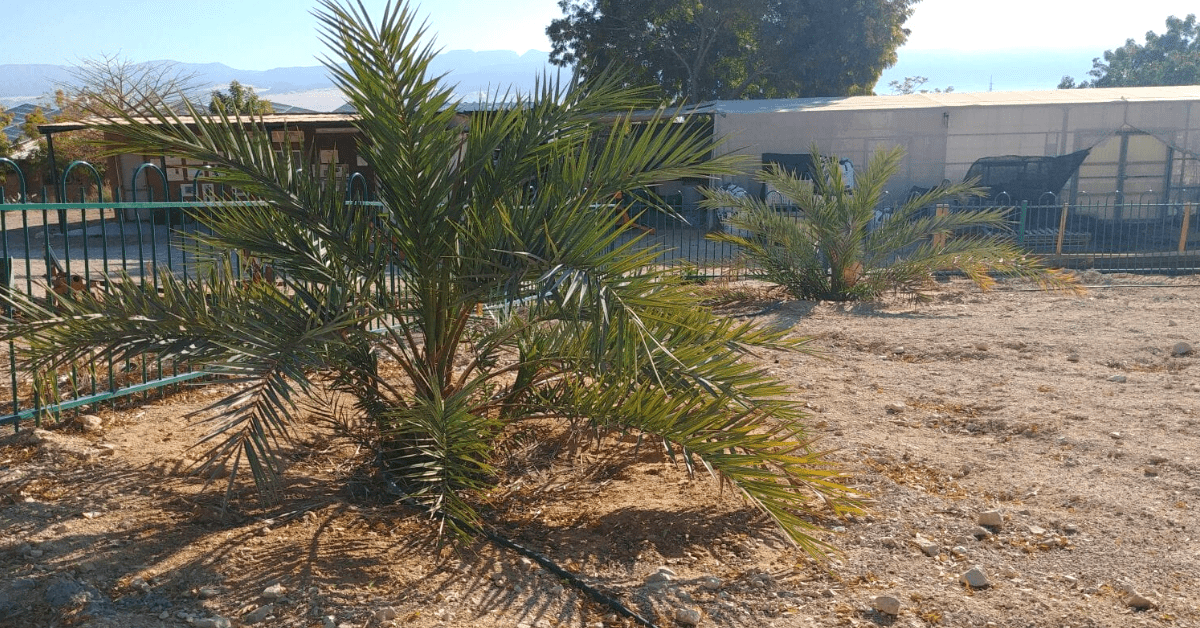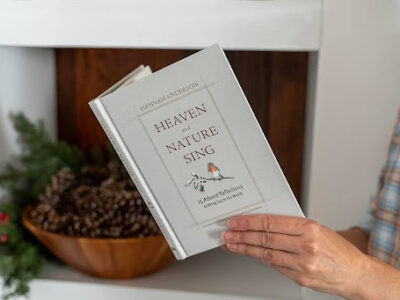There’s a resurrection story you probably haven’t heard coming out of Judea. After 2,000 years, the formerly extinct Judean date palm was brought back to life by two women scientists in 2005.
In biblical times, the Judean date palm was revered throughout the region for its medicinal qualities. Its fruit was a staple of the Judean Desert and grew in thick forests along the Dead Sea and Jordan River valley. The tree and its fruit are mentioned in the Song of Songs and Psalms and featured on coins throughout the region.
Changes in weather and growing conditions combined with human activity are likely to blame for the disappearance of the Judean date palm sometime in the Middle Ages. There are other types of dates in the world, but according to Pliny the Elder (writing in the first century AD), none were as succulent or as sweet as the Judean date palm.
We’d have to take his word for it if it weren’t for the hard work of two women scientists.
In the mid-1900s, archaeologists discovered date palm seeds stored in an ancient jar in the ruins of the palace of Herod the Great in Masada, Israel. The conditions were dry and arid enough to preserve the seeds for 2,000 years. According to the Arava Institute for Environmental Studies, “Radiocarbon dating at the University of Zurich confirmed the seeds dated from between 155 BC to 64 AD. The seeds were held in storage for 40 years at Bar-Ilan University, Ramat Gan.”
In 2005, Dr. Sarah Sallon challenged her friend and fellow scientist, Dr. Elaine Solowey from the Arava Institute for Environmental Studies, to see if they could get any of the date palm seeds to grow. Three weeks later, the oldest tree to be successfully germinated sprouted. They nicknamed the tree “Methuselah” after Noah’s grandfather, the oldest person who ever lived. Genesis 5:25-27 says that Methuselah lived 969 years!
The Bible says that it is not good for man to be alone. The same is true for date palms. Trees are like humans in that you need the pollen from a male tree to pollinate the flowers of a female plant. Methuselah happens to be a male Judean date palm, so the team of scientists planted a few more seeds from the cache of ancient seeds unearthed in Herod’s palace excavation to see if they could propagate a bride for Methuselah.
And lo, it came to pass that out of the earth Hannah and Judith sprouted. In Scripture, Hannah prayed and prayed for a child, promising that if God would answer that prayer, she would dedicate her child to a life of serving the Lord. In time, Hannah gave birth to a son, Samuel, who was the nazirite that chose Saul and David, the first two kings of Israel, for God’s people (1 Samuel 1).
It takes time for seedlings to become seed-bearing trees, but eventually, that time came. In June of 2020, Hannah became the first Judean date palm tree, resurrected from the dust of ancient seeds, to bear fruit. The harvested fruit is currently being analyzed for its nutritional value.
Out of the changes from natural weather shifts, new life can grow again. Watch the video below to learn more about the resurrection of this formerly extinct Judean date palm tree.





 Copyright
2025
Root and Vine
Copyright
2025
Root and Vine